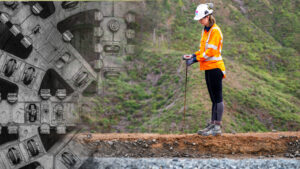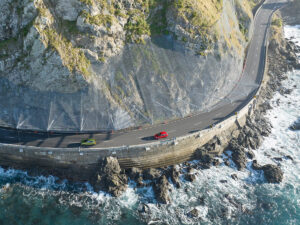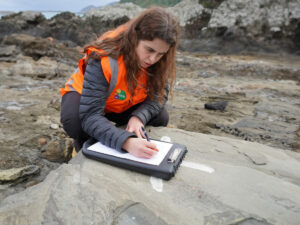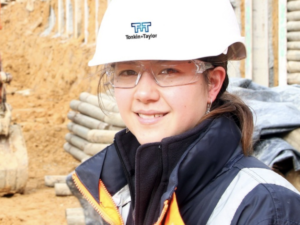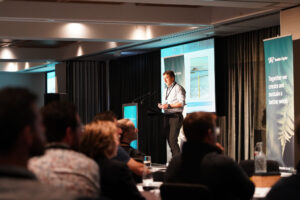New Zealand Geotechnical Society (NZGS) Symposium 2021
The load transfer between liquefaction induced lateral spreading ground and jet grout shear walls is a complex mechanism. The shear walls comprise rows of jet grout columns, constructed in a primary-secondary sequence to ensure the minimum required overlap, and are aligned parallel to the direction of the lateral movement. Show more…The displacements experienced by the shear walls generate shear, compressive and tensile stresses that need to be accommodated by the treated soil block without exceeding its capacity. This is particularly relevant in the overlapping sections of the shear walls, to ensure that all columns act as a single block, as well as the inward and outward columns of the block, where the maximum compressive and tensile forces are generated.
To ensure an appropriate load transfer throughout the height of the shear wall, standard design methods rely on empirical column overlap versus diameter ratios to establish the minimum geometry requirements of the shear walls. However, these methods need to be adapted to suit a seismic design scenario as the available guidance for the design of in situ soil treatment shear walls appears to be limited to static load cases.
To validate previous adaptations to the available design guidance for static load cases, time-history analyses have been undertaken on a range of selected earthquakes. This paper discusses the assumptions and outcomes of the finite element modelling (FE) and presents a comparison between the FE and the modified pseudo-static design approaches. Show less…


